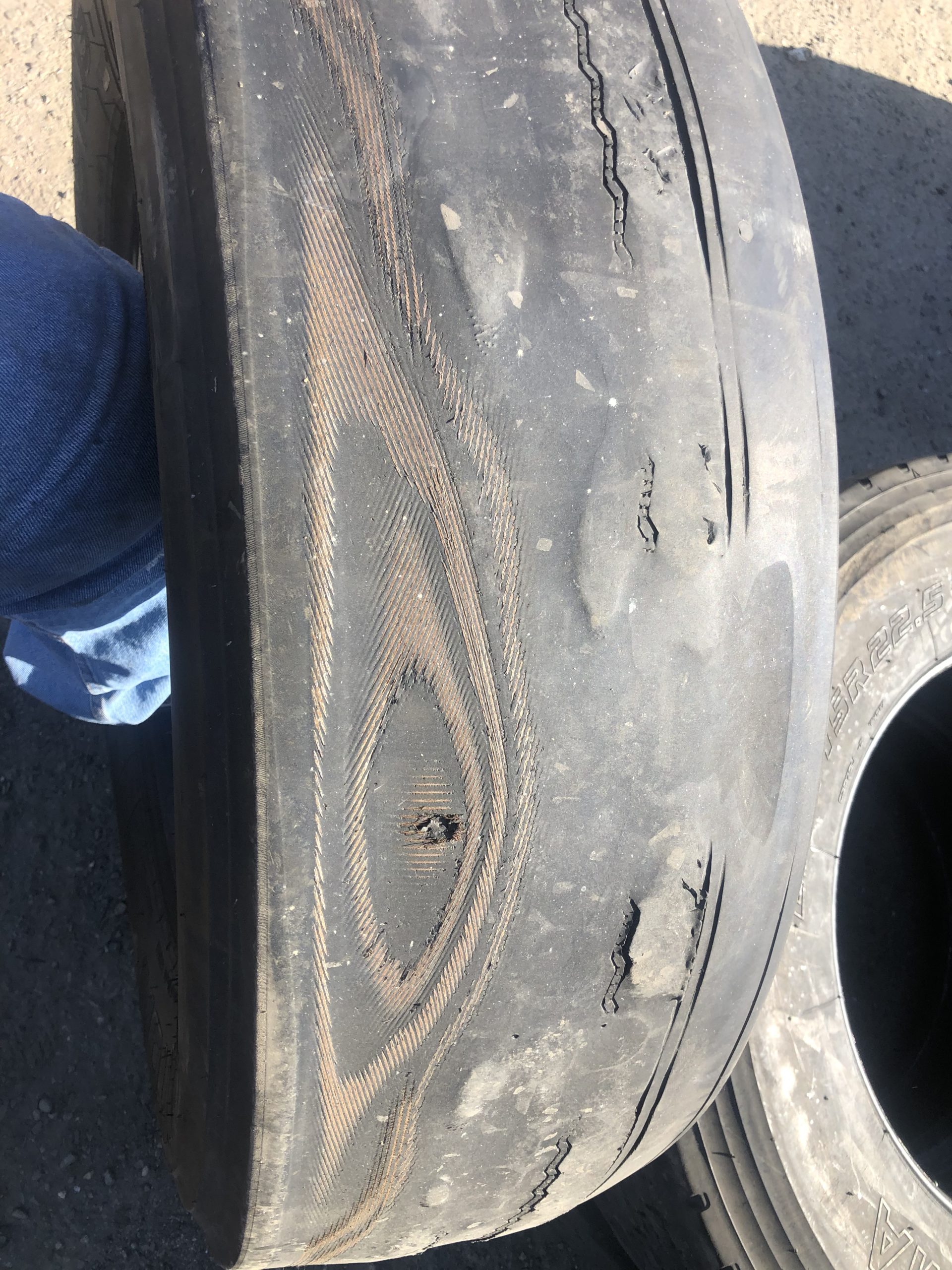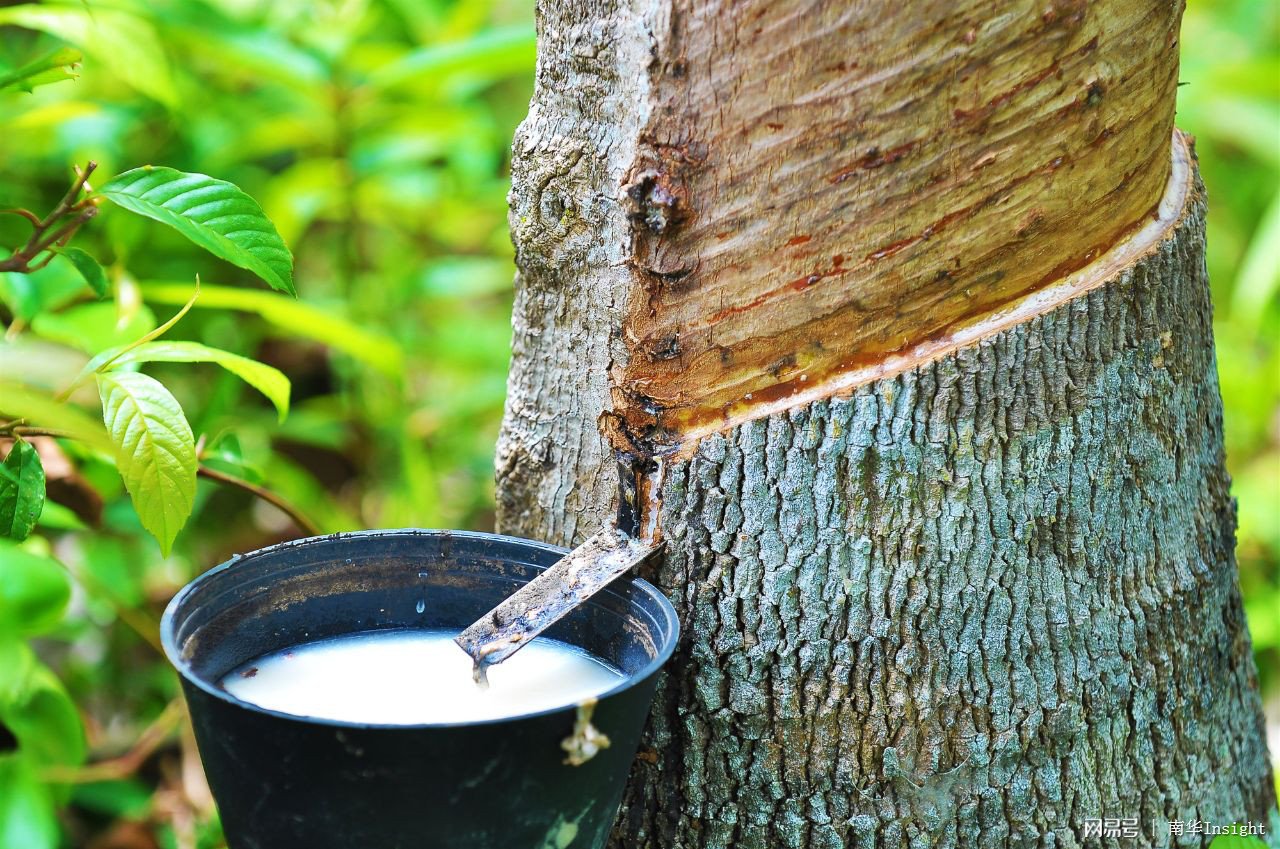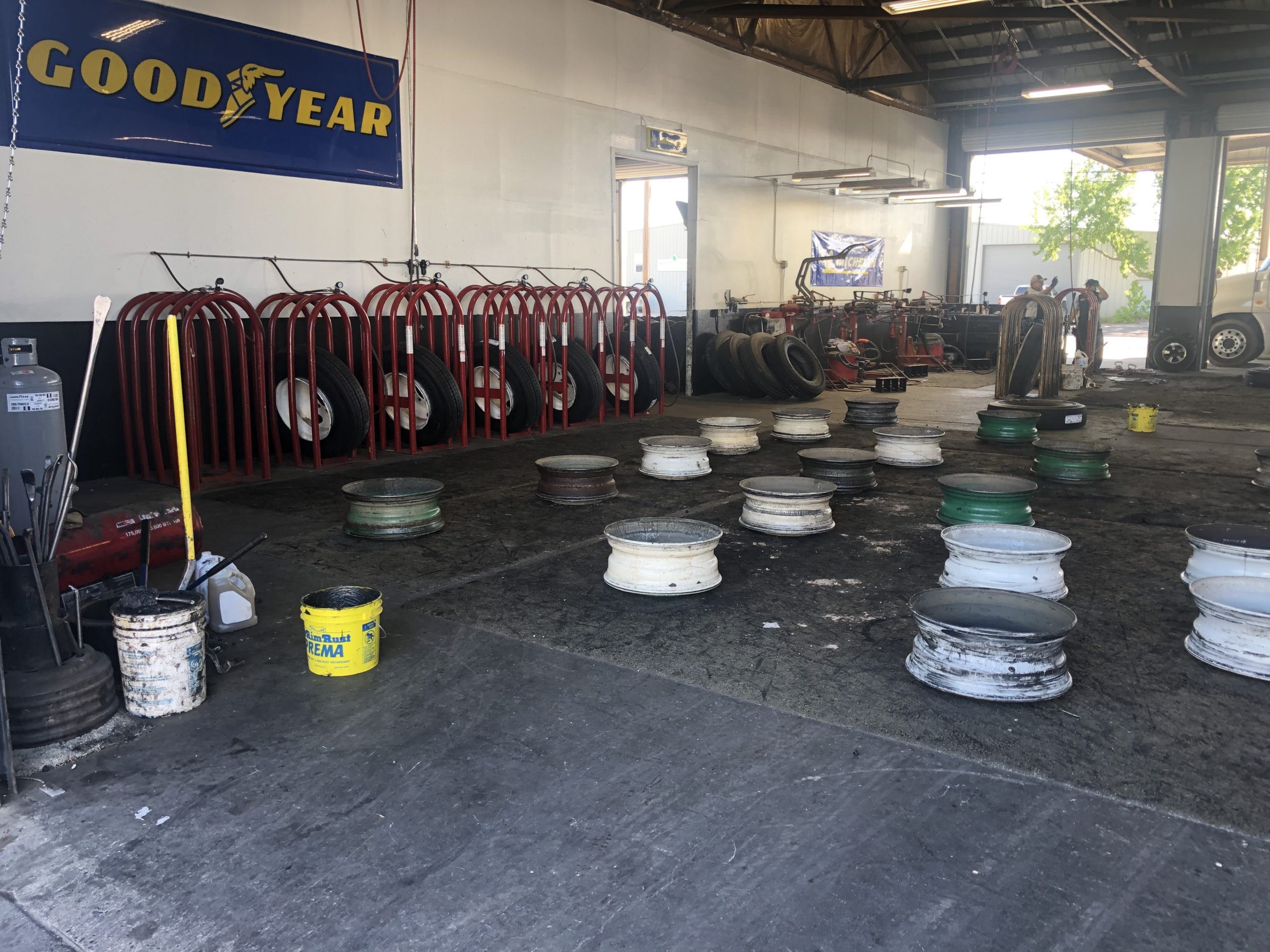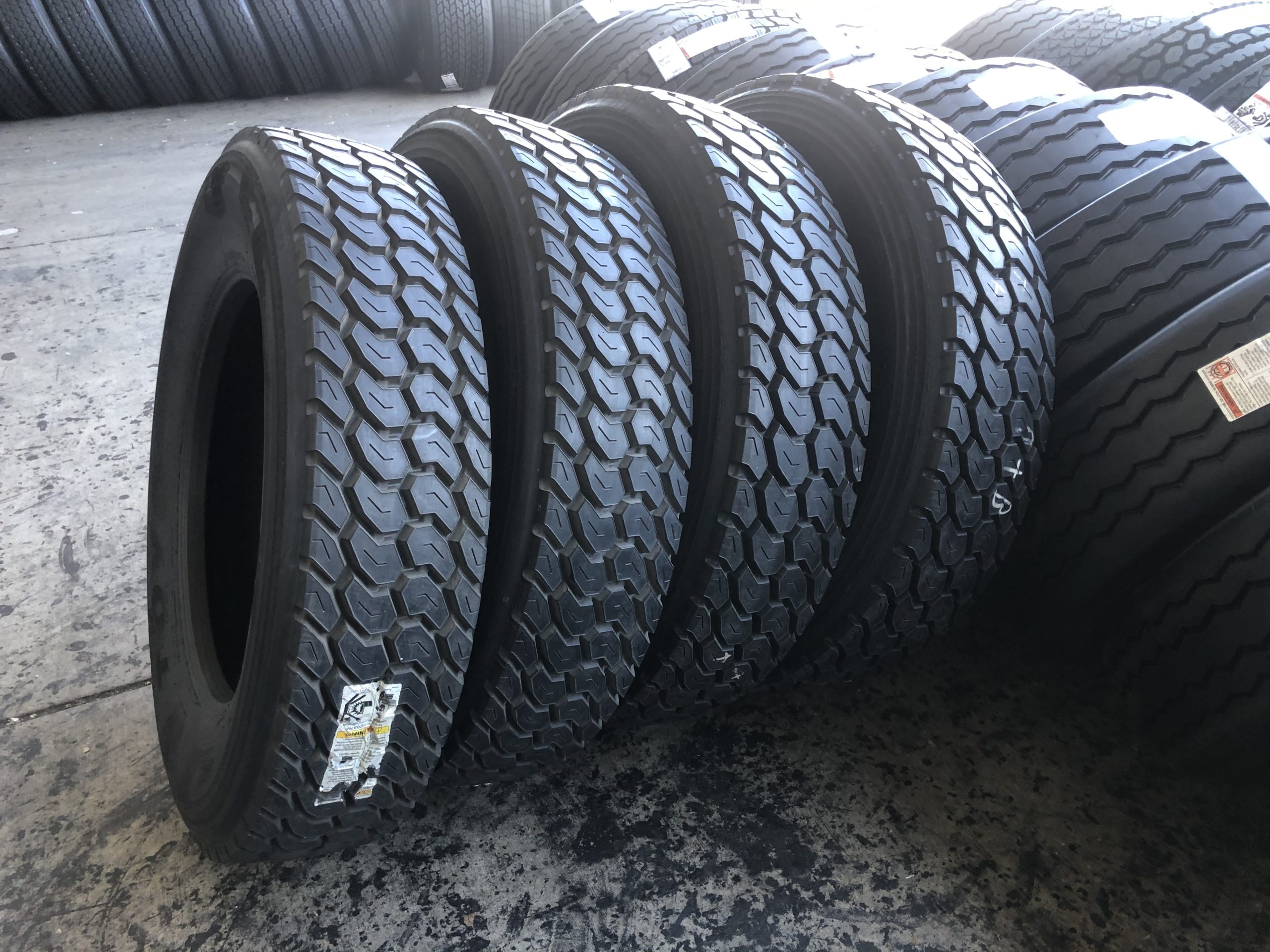In the March article readers were asked to answer a question: “If a regular 22.5 and a low profile 22.5 were bolted together on a dual assembly, which would wear out faster?” If the number of responses to the email, “info@mccoytrucktire.com” indicate the magnitude of the blog’s following, it’s time for your author to dance as if no one were watching, because, evidently, no one is! But if you’re still with me, do not let Elvis Presley singing “Are You Lonesome Tonight” come to your mind, there’s probably more than just you and I reading these articles. Maybe the readership found the question confusing or uninteresting. Or maybe they do not want to open a dialogue with the McCoy Webmaster, but would rather comfortably sit back in the shadows and observe.
Whatever reason the readership’s been mute, when yours truly was asked the question twenty some years ago I forcefully offered my guess to the room full of Commercial Tire Consultant trainees:
“The 11R!”
It seemed obvious to me. The taller tire was going to be doing all the work. Since the one tire was going to be carrying all the load, it was going to wear out faster.
Although thought out, my guess was not correct. Another set of rules at play trumped my extra-load hypothesis. This other set of rules helps one to understand irregular wear. The tire with the smaller circumference in the dual assembly is forced to skid along as the assembly rolls down the road. The 11r is wrapped with 12 foot, 7 and ¾ of an inch of tread. The Low Profile is wrapped with a little less than 12 foot and 6 inches of tread. If the two are bolted together, they rotate at the same speed. The big slow 11R is going to force the Low Profile to skip along almost 2 inches for each rotation.
Now we understand why Sing Ahluwalia used to write about how once irregular wear starts, it only grows it never reduces. The kind of diagonal wear that stems from torn or cut tread is a condition caused by the same principle as the Low Pro matched to the 11R. Low spots in the tread in a tire are miniature versions of a tire not being “tall” enough to rotate at an equal speed. This is why DOT regulations specify that tread depth be measured at the lowest spot on the tire. Tears in tread created by curb checking can begin a low spot, and the deeper the tear, the faster the accelerated wear. I think of this principle every time I find a takeoff in the yard turned in for retreading that, and this happens very often, 90% of the tire looks like it could be a good used tire, but just one four or five inch segment of tread shoulder is worn low. Sometimes the operator gets the tire off in time and salvages the value of the casing. Other times the low spot is so low belts are exposed.
Thanks for reading!






